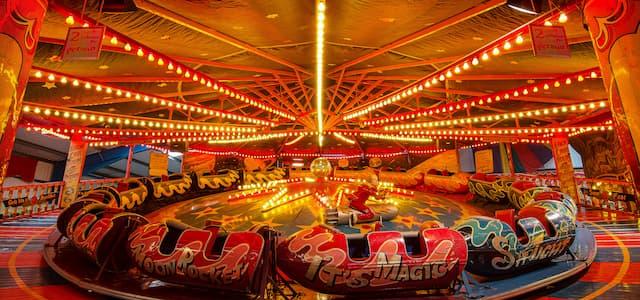
Gothic screen at Hereford Cathedral restored
After more than 30 years in storage, the Hereford Screen, one of the metalwork masterpieces of the Victorian age, has been conserved and returned to its former glory. Richly intricate and colourful, this Gothic Revival choir screen was made for Hereford Cathedral and will be unveiled at the V&A on Thursday 24 May.

It was designed in 1862, by Sir George Gilbert Scott, the great Victorian architect, who was also responsible for the Albert Memorial and St Pancras station in London.
The Hereford Screen will be on permanent public display in the Ironwork Gallery and has constituted the largest and most ambitious conservation project ever undertaken by the museum.
The Screen was given to the V&A in 1984 and carefully stored in crates in its South London warehouse until a structural survey and investigative work demonstrated that conservation and re-display were possible. The Screen was dismantled into more than 14,000 pieces which were all individually conserved before the huge task of reassembling the screen could take place.
The project has cost more than £750,000 and was made possible by a grant of £375,000 from the National Heritage Memorial Fund in May 1998 and by the support of numerous private individuals, trusts and institutions.
Marian Campbell, curator of the Ironwork Collection, said: “The Hereford Screen is the most important piece of 19th century architectural metalwork in the V&A and one of the most ambitious large-scale pieces of 19th century metalwork in Britain. It was made by Skidmore of Coventry in less than five months – a remarkable feat involving much innovative technology.
“It is remarkable the Screen has survived and been restored to its original splendour. The intense year-long conservation programme has repaired years of rust and corrosion.”
Before its installation in Hereford Cathedral in 1863 as part of Scott’s renovation of the cathedral, the Screen was first displayed at the London International Exhibition of 1862. The Illustrated London News described it as “the grandest and most triumphant achievement of modern architectural art”.
It was removed from Hereford Cathedral for liturgical reasons in 1967, when Victorian art considered unfashionable, and acquired by the Herbert Art Gallery in Coventry. As the Gallery did not have sufficient space to display the screen or funds for conservation, it was subsequently given to the V&A in 1984.
Robert Dufton, Head of the National Heritage Memorial Fund, said: “The National Heritage Memorial Fund (NHMF) is delighted to have played its part in saving the Hereford Screen for the Nation. For the first time in 34 years everyone will have the chance to see this outstanding example of Victorian architecture, which is so important to our National Heritage. The £375,000 grant was the largest awarded towards the restoration of an object in the NHMF's twenty year history; we will continue in this way to act as a fund of last resort for the future protection of the UK's Heritage.”
Purcell Miller Tritton, the conservation architects, were appointed as project managers and Plowden & Smith carried out the conservation.
The Screen measures 11 metres long x 10.5 metres high and has a timber, cast and wrought iron structure. It consists of an intricate framework of burnished brass columns and arches decorated with brass and copper capitals. The upper panels and columns are embellished with gems of polished quartz and inset mosaic panels made up of thousands of individual pieces. The Screen supports near life-size figures of Christ and angels made of electro-formed copper, a revolutionary technique of the mid-19th century. The base panels comprise elaborately wrought iron foliage and scrollwork painted in brilliant colours.
The restoration and re-display of the Hereford Screen has been completed to coincide with the V&A’s major exhibition, Inventing New Britain: The Victorian Vision, from 5 April until 29 July.
Notes to editors
The V&A is home to the National Ironwork Collection and the Museum’s examples of decorative metalwork are amongst the finest in the world. The Hereford Screen is the V&A’s most important metalwork monument of High Victorian art and central to the Museum’s 19th Century exhibition pieces illustrating technical and artistic skill.
The National Heritage Memorial Fund (NHMF) was established by Parliament in 1980 to be a central bulwark in the United Kingdom's defences for the most outstanding parts of our national heritage. The Fund was intended as a memorial to those who have given their lives for the United Kingdom. The Fund is empowered by the National Heritage Act 1980, to give financial assistance towards the cost of acquiring, maintaining or preserving land, buildings, works of art and other objects of outstanding interest which are also of importance to the national heritage.
Some 1200 items of national importance have benefited from £200million through the NHMF in its twenty-year history. These include the acquisition of the 12th-century Becket Chasse, depicting the scene of the martyrdom of St Thomas a Becket for the V&A (£3.65m in 1996).
Further information
Patricia O'Connor, V&A press officer, email: p.oconnor@vam.ac.uk.

